“The most successful drone firms could be those that do not make them”
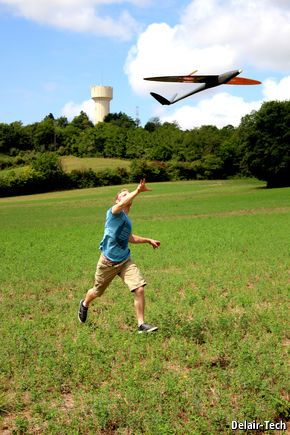

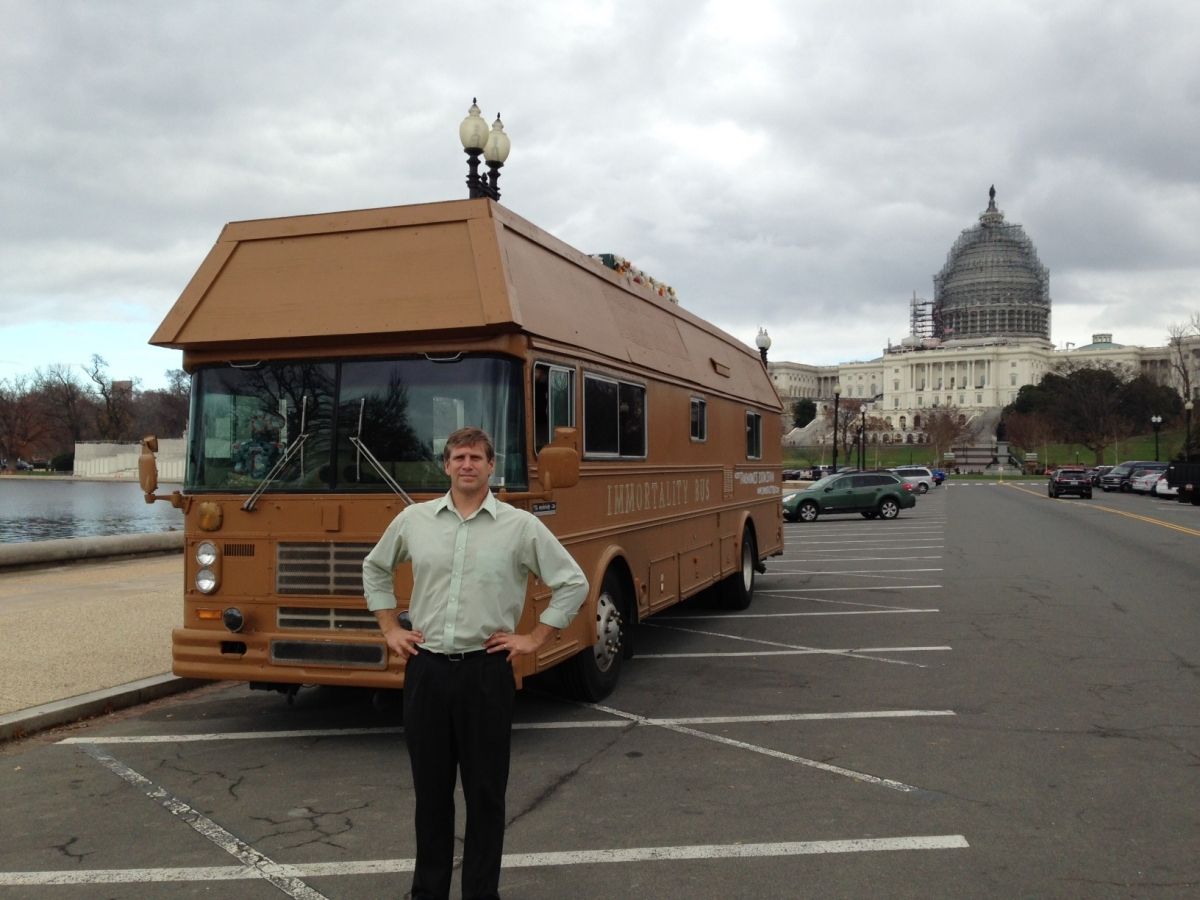
My new article for the International Business Times:
The US presidential candidate completes his three-month campaign aboard a coffin-shaped bus.

Microelectromechanical systems—or MEMS—were a $12 billion business in 2014. But that market is dominated by just a handful of devices, such as the accelerometers that reorient the screens of most smartphones.
That’s because manufacturing MEMS has traditionally required sophisticated semiconductor fabrication facilities, which cost tens of millions of dollars to build. Potentially useful MEMS have languished in development because they don’t have markets large enough to justify the initial capital investment in production.
Two recent papers from researchers at MIT’s Microsystems Technologies Laboratories offer hope that that might change. In one, the researchers show that a MEMS-based gas sensor manufactured with a desktop device performs at least as well as commercial sensors built at conventional production facilities.
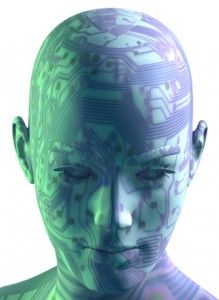
Robots and artificial intelligence (AI) will dominate legal practice within 15 years, perhaps leading to the “structural collapse” of law firms, a report predicting the shape of the legal market has envisaged.
Civilisation 2030: The near future for law firms, by Jomati Consultants, foresees a world in which population growth is actually slowing, with “peak humanity” occurring as early as 2055, and ageing populations bringing a growth in demand for legal work on issues affecting older people.
This could mean more advice needed by healthcare and specialist construction companies on the building and financing of hospitals, and on pension investment businesses, as well as financial and regulatory work around the demographic changes to come; more age-related litigation, IP battles between pharmaceutical companies, and around so-called “geriatric-tech” related IP.

“Plenty of forward-thinking companies have innovation divisions that try and predict the future, disrupt old models, and develop cutting-edge products. They don’t nest those divisions inside their human resources departments. So why shouldn’t gender diversity efforts be a part of corporate innovation?”
Economist Carlota Perez talk about the future of ICT.
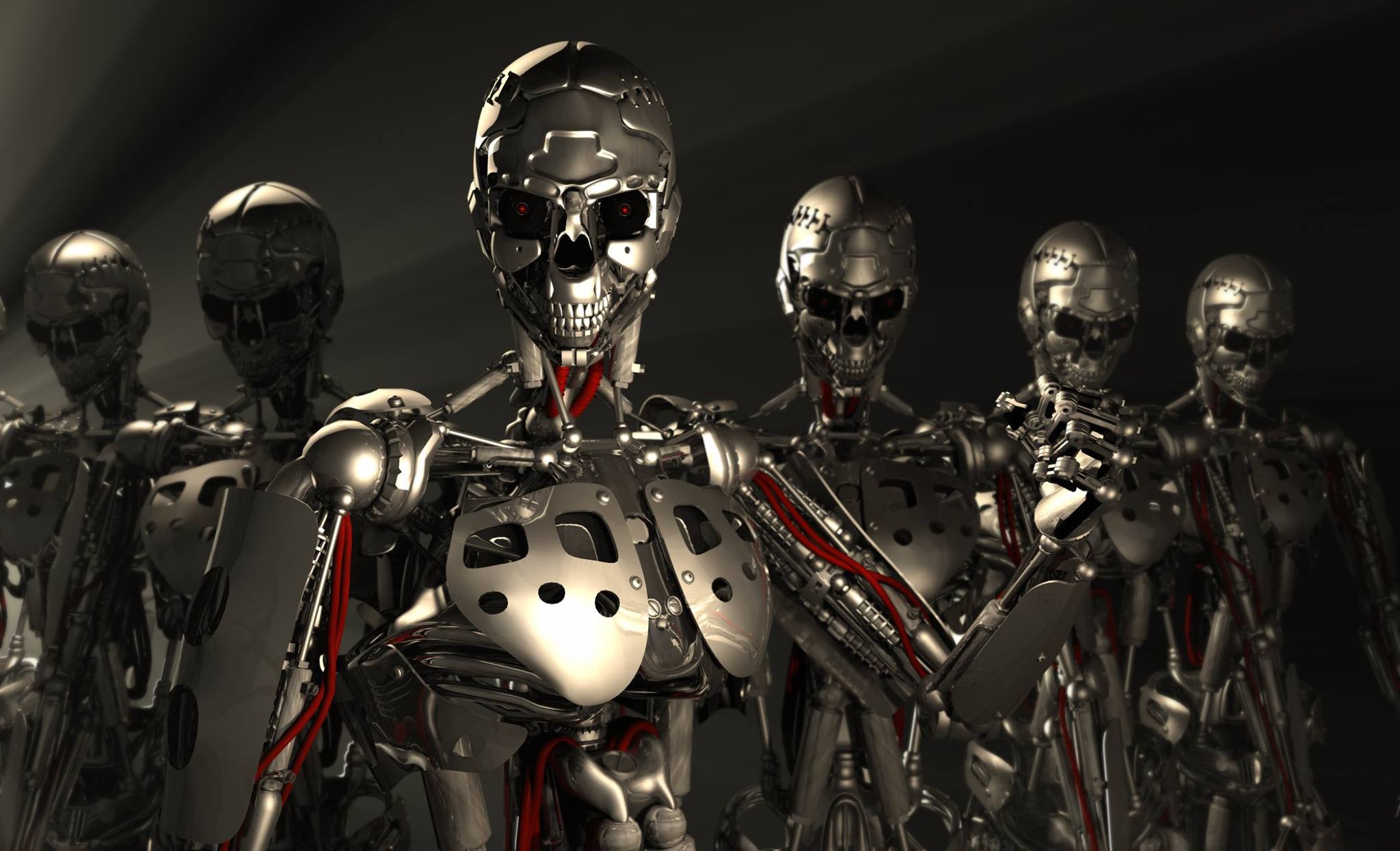
Despite more than a thousand artificial-intelligence researchers signing an open letter this summer in an effort to ban autonomous weapons, Business Insider reports that China and Russia are in the process of creating self-sufficient killer robots, and in turn is putting pressure on the Pentagon to keep up.
“We know that China is already investing heavily in robotics and autonomy and the Russian Chief of General Staff [Valery Vasilevich] Gerasimov recently said that the Russian military is preparing to fight on a roboticized battlefield,” U.S. Deputy Secretary of Defense Robert Work said during a national security forum on Monday.
Work added, “[Gerasimov] said, and I quote, ‘In the near future, it is possible that a complete roboticized unit will be created capable of independently conducting military operations.’”
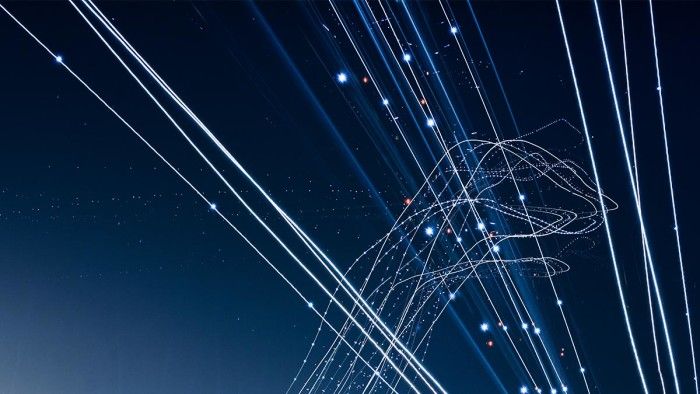
“To identify emerging trends, I use a six-part methodology beginning with seeking out those on the fringes doing unusual experimentation or research. Next I look for patterns using my CIPHER model, where I identify previously unseen contradictions, inflections, practices, hacks, extremes, and rarities. Then I ask practical questions, mapping trajectories, building scenarios, and pressure-testing my conclusions.”
Can we end violence? Can we create greater emotional well being and intellectual equality for the greater well being of humanity? Will we be able to keep up with machines? How can we augment our intelligence? Could we cure mental illness? After advancements in aging the next major area of research from a standpoint of eliminating personal and global suffering would be upgrades in intelligence. Transhumanist values at their core want to eliminate suffering and existential risk to people’s lives. With well founded logic, these goals are not completely out of reach, it is possible but as usual, we will have to take the complex issue from many angles and from the standpoint of a systems engineer, but let’s look at some fun stuff before we get into the heavy stuff.
The Benefits of Intelligence Upgrades
So, what is the benefit for intelligence upgrades for every day people? We live in a time of exponential technology and vast amounts of face paced information, breakthroughs and invention. So, the most obvious answer to what is the benefit of intelligence upgrade is dealing with the massive amount of information one needs to keep up with daily to be on top of the game for work, for research or for business. Sometimes it can be our mere storage capacity that limits us in our abilities to interact with this information, at other times it is our processing speed, and most fundamentally the rate at which we can interact with new information. In 2012, a prosthetic chip was invented that uses electrodes to expand one’s memory storage. Now, with biotechnology predicted to move more quickly in 2016 and Google ready to back more companies in biotechnology, it may be possible to augment or program selective photographic memory. This is just an example of what one could imagine and begin working with, when combining electronics and gene editing. Many big breakthroughs in enhanced intelligence could be achieved in the future. The implications for business professionals, scientists, and the progress of technology would be astounding if upgrades like these were available. Personally, I can’t wait for the day when me and my personal A.I. through my Google Glass or some sort of eye wear or ear piece could read my brainwaves so I can type and do all my work through what would be a virtual form of telepathy. I could store everything I will need later instantly in the cloud and exactly where I want on my computer, there would be almost no delay because, well, how could there be? Time is everything.
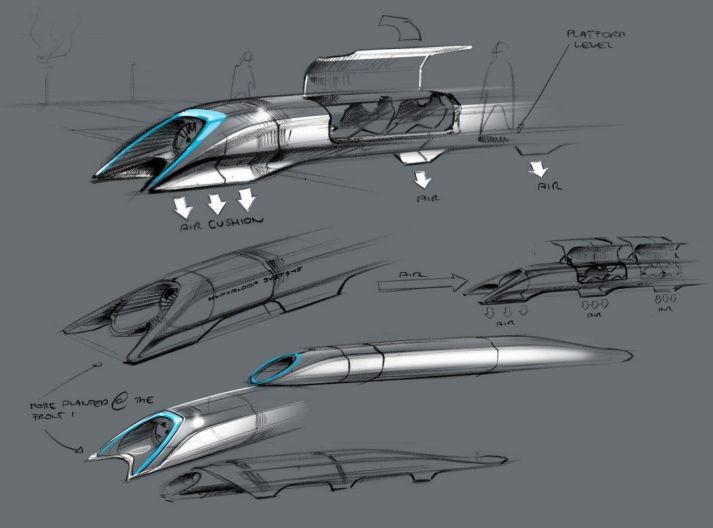
A California company with visions of building a futuristic transportation system to one day zip people and packages at nearly the speed of sound announced Tuesday it is building a test facility in southern Nevada.
Hyperloop Technologies Inc. and the Nevada governor’s office said the 50-acre facility at a fledgling North Las Vegas business park will test a linear electric motor at speeds of about 335 mph—about half the speed envisioned in a full-scale system.
“This decision represents another major milestone in our journey to bring Hyperloop to commercial reality,” Rob Lloyd, CEO of the Los Angeles-based company, said in a statement.